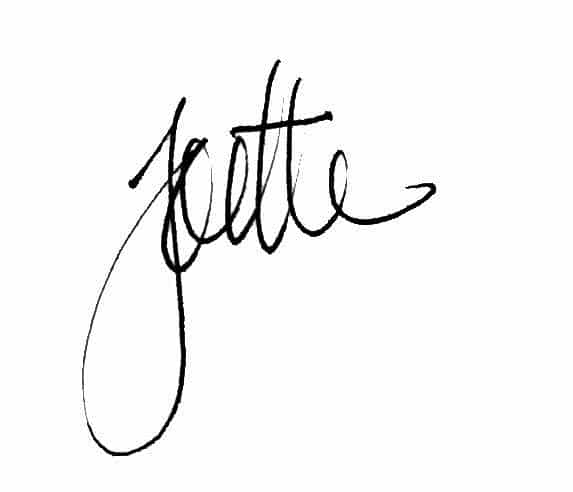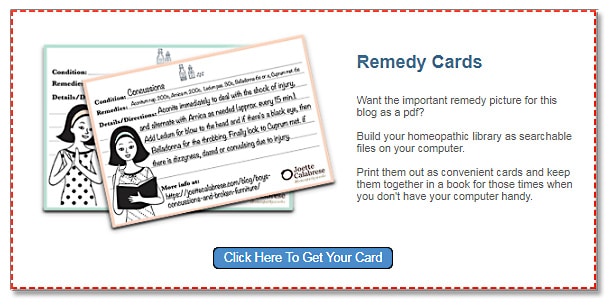Homeopathy works!
I see it work for various conditions every day. And on a regular basis, students share their remarkable victories with me.
I use the term “remarkable” not as in “unbelievable” but rather something worth shouting from the rooftops.
Today, I want to talk about Phytolacca decandra.
Homeopathic Phytolacca is made from the American Pokeweed — a plant considered by most to be toxic.
However, perhaps you remember the Elvis Presley hit, “Polk Salad Annie”? Well, the very same American Pokeweed plant (Phytolacca) we are discussing here was the focus of that song.
(Trivia alert: Generations of rural Southerners have passed down a specific way to cook the young leaves before the plant grows berries, which allows it to be eaten without poisoning the family. And don’t ask me why the spelling changed from poke sallet to polk salad— most likely because colloquial pronunciation altered the spelling.)
Remember, substances that may be poisonous or toxic in their gross form, when diluted and succussed into their homeopathic formulas, provide us with some of the most powerful medicines on earth. And that’s pretty hard to beat. (See Ooooh, I Love Toxic Substances! (When They’re So Diluted They Become Medicines).)
So, let me tell you about my student’s experience with Phytolacca. To protect her privacy, I suppose we’ll just call her Annie, like the song.
Annie had breast surgery. Unfortunately, after the surgery, her breast tissue didn’t return to normal. Instead, Annie described her breast tissue as “strange” — thickened, hard and puckered — and not at all like her other breast.
Once she cleared that it wasn’t cancer, she naturally turned to homeopathy.
Here on my free blog, I’ve covered several medicines that are highly effective for breast tissue. In Breast Pain: When Even Hugs Hurt, I detailed the use of Bryonia and Bellis perennis for breast pain. In Mammogram Pain, I added Arnica as an alternative medicine for soft tissue trauma.
Those didn’t address Annie’s specific needs. But she remembered that in homeopathy, there’s more than one way to skin a cat. So, in Annie’s particular case, Phytolacca was the best fit.
If you have A Materia Medica: Practical Homeopathy® for Busy Families, you’ll find the keynote for Phytolacca is glandular conditions because it’s primarily a remedy for body aches and glandular inflammations. It’s also one of my favorite go-to remedies for mastitis because it uproots the breast tissue issue and addresses the adjacent lymph nodes.
Phytolacca is a perfect fit for breast recovery after a trauma such as surgery, injury, or infection.
Mind you, it's not the only one to consider, but it's an important one.
After a couple of weeks of taking Phytolacca 30 twice daily, Annie was gobsmacked! Her “strange” breast tissue became normal again, soft and no longer thickened or puckered. Now, it looked the same as her uninjured breast.
Homeopathy delivered the nudge her body needed to heal the tissue in the abnormal breast.
That’s powerful medicine!
This is one of those moments in healthcare when we’d like to use the word “miraculous.” But we know homeopathy is not a miracle. No. It’s a well-documented, scientific medicine with reproducible results.
Granted, the results are often so complete and astonishing that they may seem miraculous. But, at the very least, they certainly make excellent stories with which to pass on the good news of homeopathy!
Warmly,
P.S. If you don’t yet own a materia medica, I encourage you to add one to your toolbox. I wrote A Materia Medica: Practical Homeopathy® for Busy Families with my students in mind. It features over 150 of the most common homeopathic medicines, with their keynotes and a short explanation of the conditions for which the remedy is most often used. Unlike many scholarly materia medicas, mine is written in plain English — in my voice. As a result, it’s easy to understand, the stories are memorable, and I know you and your family will rely on it as a constant reference.






Is there a remedy for Asymmetrical breasts? One breast being significantly larger than the other. Not due to tissues irregularities or surgery or illness. Perhaps caused by scoliosis developer during puberty, but not sure.
I have no experience with this.
I have an asymmetrical breast due to surgery, although it’s been so long, I doubt there is any homeopathically that would help.
When you mention mammogram pain I hope you also teach your readers how dangerous they are. I hope you lead them toward pain-free thermography. It also shows if there is a cancer a dozen years before it shows up on a mammogram. For me, it’s the best $300 I spend all year.
I have written on this blog about mammograms and teach it in my online course, Feminopathy.
I had a thermography scan done that came back normal and a month later was diagnosed with stage IIIB invasive breast cancer. I had never had a mammogram before because I believed that they were dangerous. Maybe they are, but so is undiagnosed breast cancer. I have a different perspective now.
I had 3 mammograms, 3 ultrasounds and 1 breast MRI all saying my breast lumps where benign when they were not, I had breast cancer. Always trust your intuition
I enjoy reading your information on homeopathy that you write to your students. As a homeopath like you We share the same love to a scientific medica.
Thanks, John. Where are you located?
Do you have any remedies for undersized breasts? Not for self-conscience sake, but more concerned about hormonal imbalance and lack of feminine health. Do you teach on this in your Feminopathy course?
I cover imbalances in my course but it’s hard to say whether this specific issue would be covered, given that it depends on the age. If you’re thinking of an adolescent or teenage girl, it’s a different matter than a 30-year-old woman.
Last week, I had my eighth baby. A couple nights later when my milk came in and the baby had nursed as much as she wanted, I was still in pretty bad pain from engorgement and starting to feel feverish. I thought to take Phytolacca 30. It was incredible- within minutes my pain had disappeared, I was able to fall asleep and had no more pain until the baby was able to take over.
I’m sorry but I don’t offer personal advice on this forum.
I treated mastitis multiple times with antibiotics while nursing each of my 4 babies. (If only I had heard there was a better way!) Now, years later, I occasionally have pressure and pain in the breast most affected by the infections. Could Phytolacca address this old suppression and heal my breast for good?
I urge you to read as much as you can on Phytolacca from your materia medica. I’m sure you’ll find the answer you’re looking for.
I have transparent yellowish leakage on one breast and have yet to find the right homeopathic remedy. I tried Kali Sulph but it didn’t work. Breast issues are much more common on aging women, I’m surprised I never heard about it until I had a problem.
How many pillules should one take to cure breast trauma and how often?
If you read the article carefully you’ll discover what you’re looking for.
As for the number of pills, that comprise a dose, the directions are printed on the bottle.
I don’t know that I’d use the word “cure”. I’d be more comfortable with the word, “address”.
I have Insufficient Glandular Tissue on my right breast and I am trying to breastfeed, but the right side gland barely produces milk due to undeveloped gland
You might want to go deeper in your understanding of how to use homeopathy for female conditions but joining in on my online course titled “Feminopathy”. go to
https://courses.joettecalabrese.com/
and scroll down the courses to “Feminopathy”
Hi! I’m in the same boat with IGT (in both). Wondering if you found a remedy that worked for building breast tissue?
I just weaned my son two weeks ago and about a week later I had developed some painful lumps in my breast. I tried four doses of Bryonia & a couple of hepar 6, but it didn’t help. After reading this blog, I took phytolacca 30, 3 doses in one day, 3 doses the next day alternating with two doses of hepar 6 each day and within 48 hours, I have no pain and there’s just a teeny tiny lump left. Thank you, Joette, for sharing this!!
Thank you so much for your website I have gained so much. If I found something weird in my breast, feels larger then regular breast tissue. no injury or surgery would this help.
I can’t offer you specific guidance but i urge all to read up on any homeopathic medicine before employing.